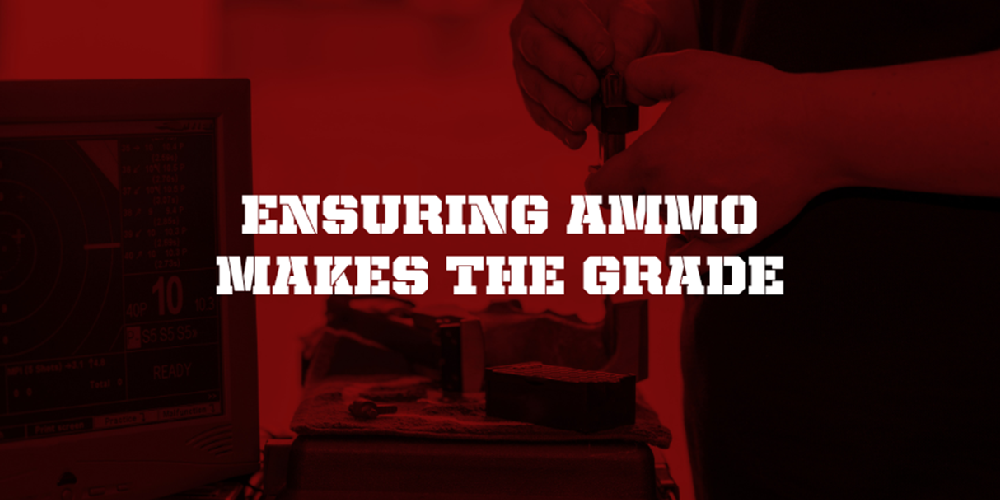
Just as cars are tested before hitting the showroom floor, ammunition is put through the paces before it ends up in your firearm of choice. Gun owners can also conduct their own tests, albeit in a less controlled manner, to ensure their ammo, whether for hunting or shooting, does a bang-up job.
Whether it’s at a range or lab using high-tech equipment or in the backyard, these testing methods are aiming for the same target — making sure ammo remains a top and reliable performer.
Evaluating bullet performance is achieved by measuring penetration and how far it travels through its target before coming to a complete stop. Bullets that under-penetrate don’t go far enough based on their design specifications, while with over-penetration they travel too far or exit the target and cause external damage.
The testing “media” is generally gelatin, synthetic gelatin, or clay and measures the shape and size of the bullet’s path. The FBI popularized the use of gelatin blocks as medium that has been largely adopted by the ammunition industry to conduct ballistic testing for various agencies.
Ballistic gelatin is intended to simulate the effects of bullets traveling through muscle tissue. Bullet penetration can be measured with a yardstick or tape. Bullets stopping in the gelatin can be checked for expansion and weight retention.
Since gelatin is extracted from animals, it can offer challenges associated with biodegradable products. Consequently, synthetic gel blocks and clay blocks have gained in popularity and generally produce test results that compare favorably with their non-synthetic brethren.
Finally, there’s the water jug, which is used by professional and amateur testers alike. One can either shoot into individual jugs to measure energy transfer or line up several jugs to gauge bullet penetration and behavior.
Although water does not depict the bullet’s wound channel as clearly as gel and clay media, the jugs can display energy transfer in dramatic fashion. A low-energy bullet will produce a small hole in a jug, while a high-energy projectile can split open one or more of the plastic containers.
If you’ve shied away from tests since finishing school, buying quality ammunition from trusted ammo manufacturers means you’re trusting the experts to handle those assessments and pass with flying colors.
Note: The information provided in this article is intended for general informational purposes only. We assume no responsibility for the accuracy, completeness, or timeliness of the information presented herein.
Regulations can vary greatly by location, and they are subject to change at any time due to legislative updates, legal interpretations, or other factors beyond our control. It is imperative that readers verify the current ammunition regulations in their specific jurisdiction through official government sources, law enforcement agencies, or legal professionals before making any decisions or taking any actions related to ammunition possession, purchase, or use.
We disclaim any liability for any loss, injury, or damage incurred as a result of the use or misuse of the information contained in this article.